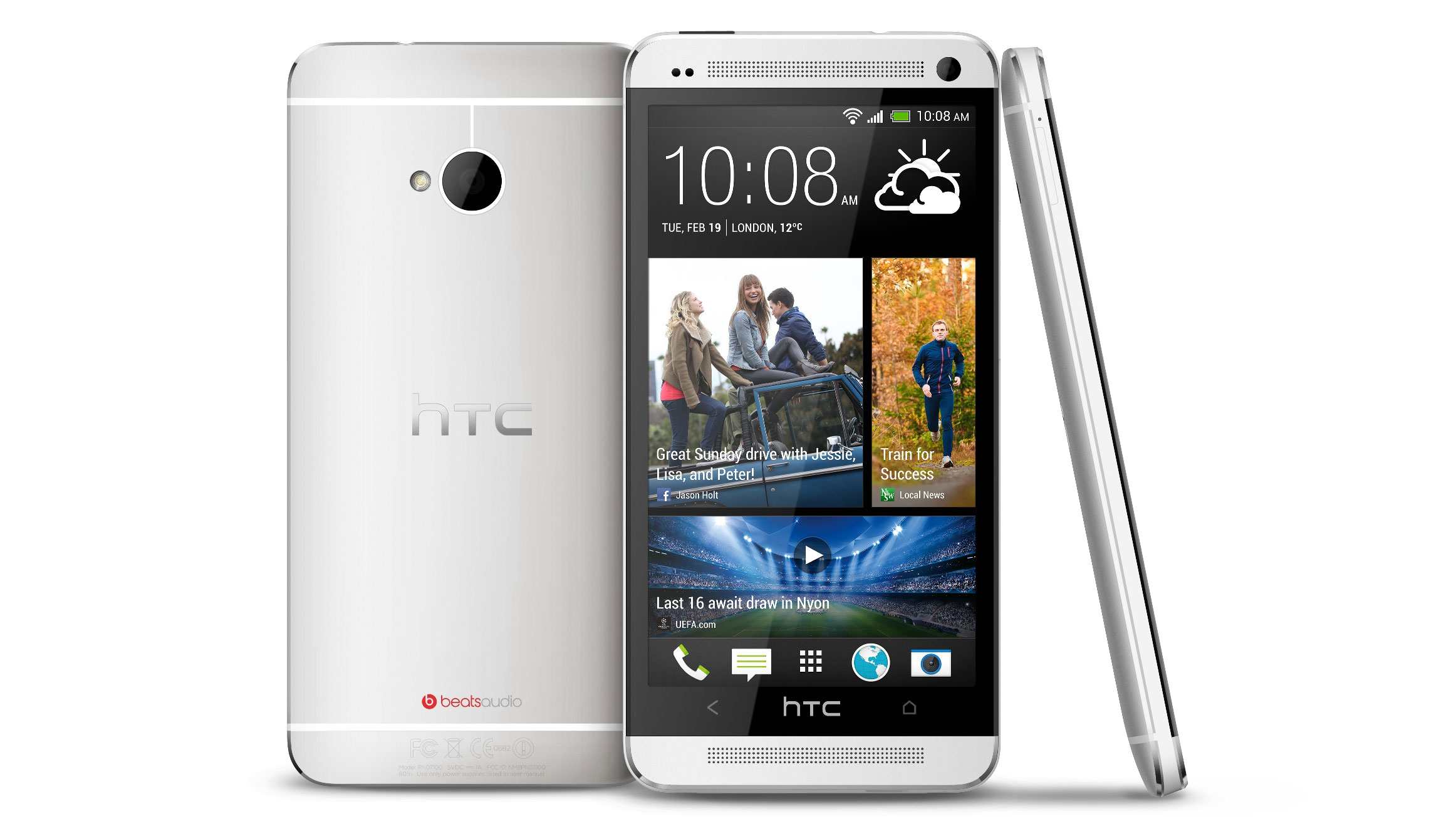Why you can trust TechRadar

As we've said previously, AT&T is one of three U.S. carriers that have announced plans to carry the HTC One. As of this writing, AT&T as well as Sprint is in the pre-order phase. Orders will begin to be filled when the phone releases on April 19. T-Mobile is the third company in the picture, but it isn't taking orders just yet.
Verizon is sitting this one out, but still offers the very good Droid DNA, if you're a Big Red subscriber in the market for a snazzy quadcore HTC phone.
- Read more: best AT&T phone
A 32GB HTC One will cost you $199 with two-year contract, standard pricing for a new flagship device such as this. Without contract, it's a hefty $599.
Exclusive 64GB model
It's worth mentioning that currently only AT&T is offering a 64GB HTC One. While 32GB is nothing to sneeze at, the lack of SD card slot on the One may make you want to spring for the biggest handset possible.
The 64GB model is $299 with contract, and a painful $650 without.
Carrier branding
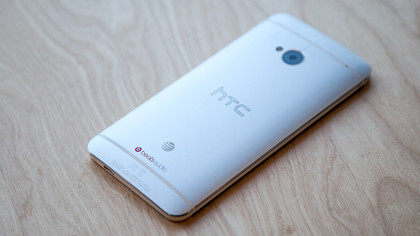
In the past, AT&T has been aggressive in putting its stamp all over the devices it offers. It's treatment of the HTC One has been comparatively relaxed. On the brushed aluminum rear of the phone you'll find a subdued globe logo.
That's all for the exterior. On the lock screen you'll see the AT&T name at the top. It moves to upper left of the phone after unlocking, then disappears after a few seconds.
Sign up for breaking news, reviews, opinion, top tech deals, and more.
Carrier apps
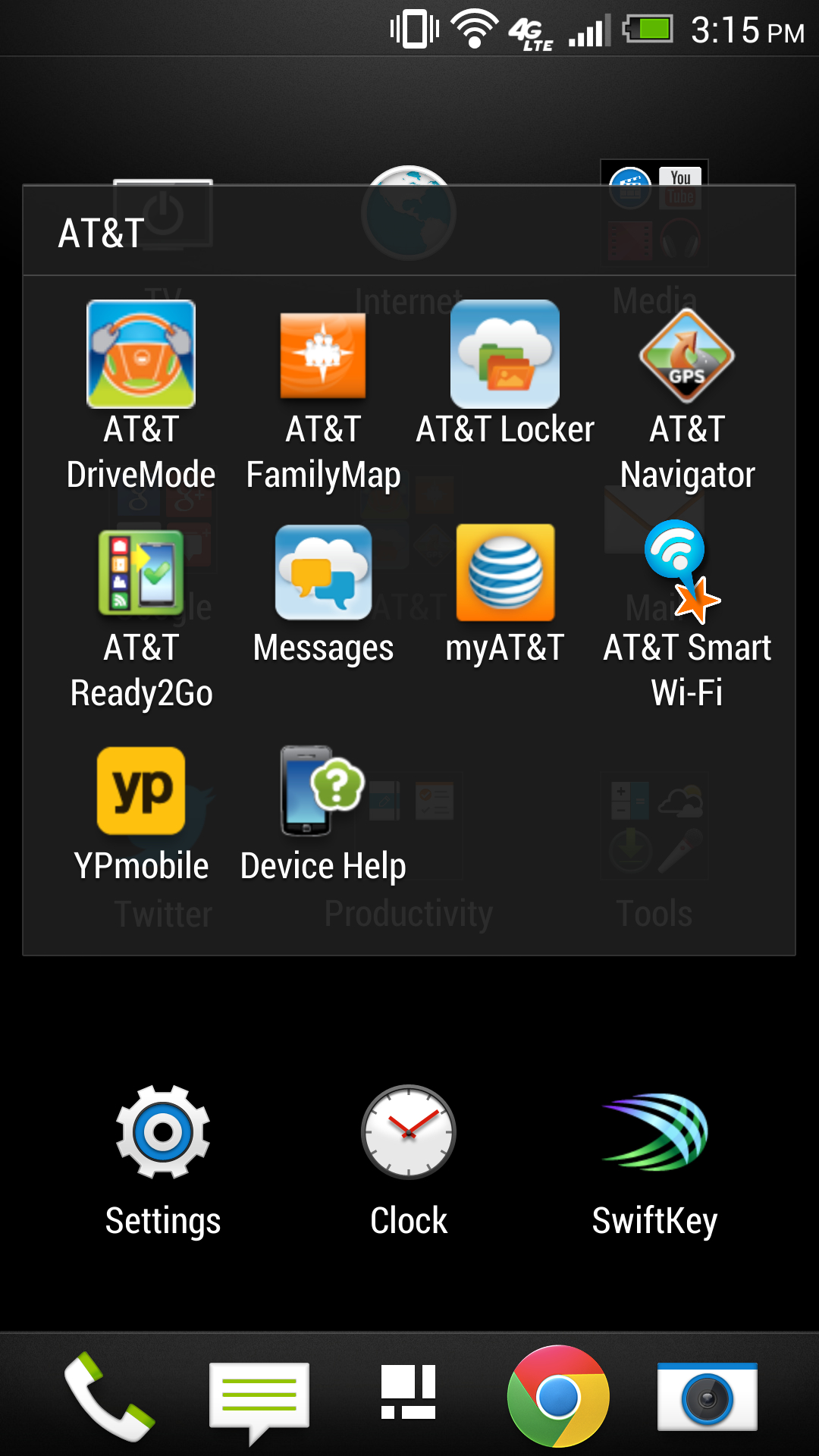
There is some AT&T branded bloatware on the HTC One. Apps such as AT&T Navigator and the carrier's Messages service are included. These apps cannot be uninstalled, which is more annoying in principle than in practice, since they taken up a minimal amount of space. Still, on a phone with no SD card support, that's pretty obnoxious.
Especially since the apps are of little to no worth. We're talking particularly about AT&T Navigator, a turn-by-turn GPS system that costs $9.99 a month, in addition to however much of your data you eat up using it.
Why anyone would pay for this app rather than use the free, and superior Google Maps is beyond us. Could anyone using Android hate Google that much?
To be fair, there are a few apps worth mentioning here, especially if you're a real data use watcher. The myAT&T app lets you check your account balance, see how far into the billing cycle you've gone and know exactly how much data you've frittered away doing checking things like this.
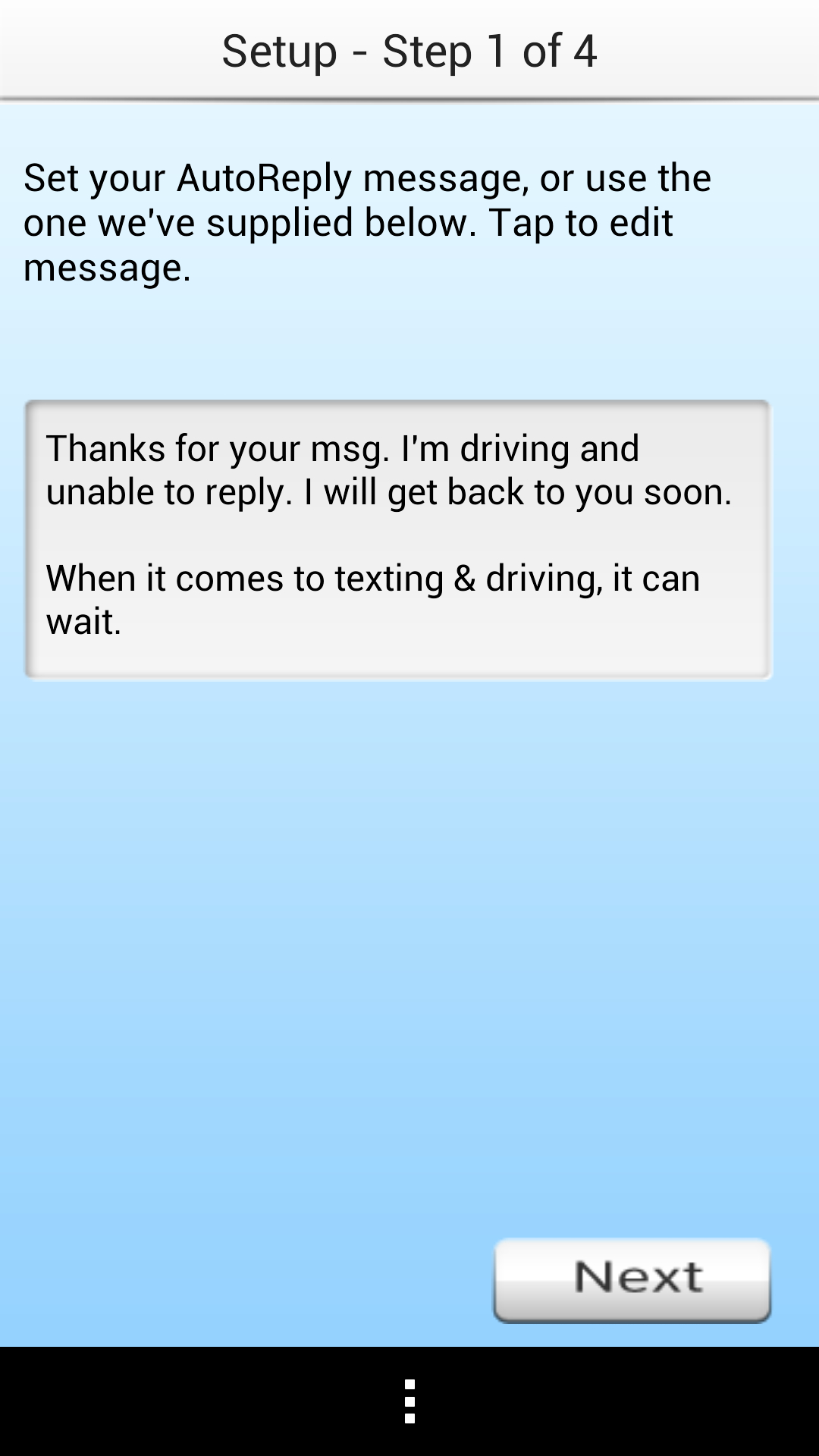
There's also AT&T SmartWiFi, which will automatically sign you into W-Fi hotspots around town, provided by your helpful carrier. This will help preserves your monthly allotment of data, and is worth using if you live in a larger metropolitan area likely to have a few hotspots.
Finally, there's AT&T DriveMode, which takes a V-Chip approach to preventing texting while driving. It can be set to automatically reply to incoming calls and messages with "Leave me alone I've driving and don't feel like committing a crime and endangering myself as well as others," or something much more polite (and concise).
You can also create an "Allow List." Much like the Do Not Disturb feature in iOS 6, this will let a few VIPs disrupt you with a ring you will certainly assume is important and probably careen off the freeway attempting to answer. Sounds a bit counter-intuitive to us, honestly.
You may not to remove this unwanted software, but no one can stop you from pretending it doesn't exist. AT&T nestled all its apps into one convenient, is easy to dis regard folder in the app drawer. How thoughtful.
4G LTE service
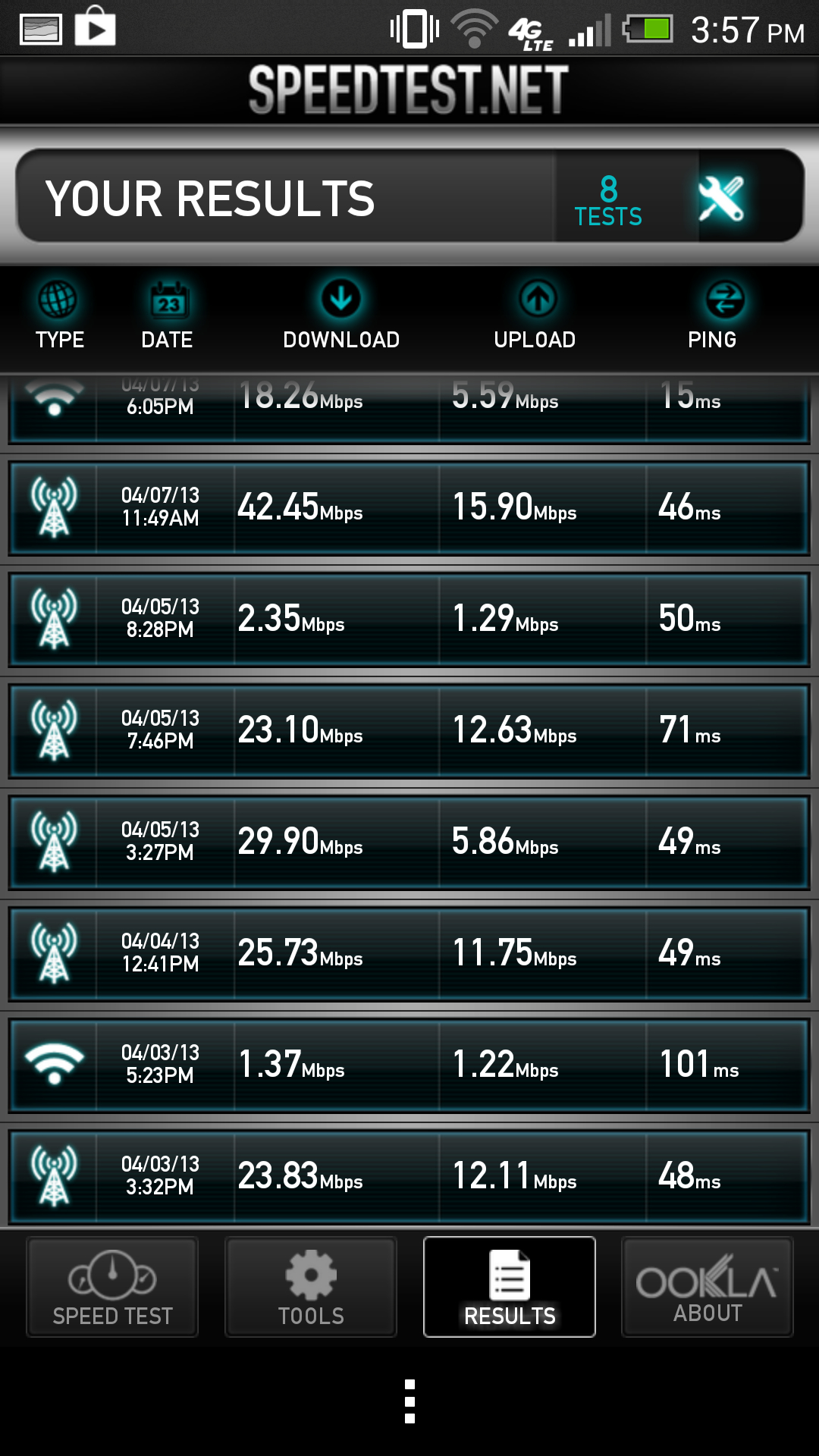
Forget about the apps, AT&T's 4G LTE coverage is why you're paying the bill. During our testing time, AT&T's network didn't disappoint. Our speeds were generally in the mid to high twenties of megabytes per second. That's comparable to good home Internet connection
During our testing in the San Francisco Bay Area, we sometimes went between 4G LTE and its slower brother, regular 4G, but were never without a decent data connection. We also had excellent call quality, with not a single dropped call.

Gareth has been part of the consumer technology world in a career spanning three decades. He started life as a staff writer on the fledgling TechRadar, and has grew with the site (primarily as phones, tablets and wearables editor) until becoming Global Editor in Chief in 2018. Gareth has written over 4,000 articles for TechRadar, has contributed expert insight to a number of other publications, chaired panels on zeitgeist technologies, presented at the Gadget Show Live as well as representing the brand on TV and radio for multiple channels including Sky, BBC, ITV and Al-Jazeera. Passionate about fitness, he can bore anyone rigid about stress management, sleep tracking, heart rate variance as well as bemoaning something about the latest iPhone, Galaxy or OLED TV.
